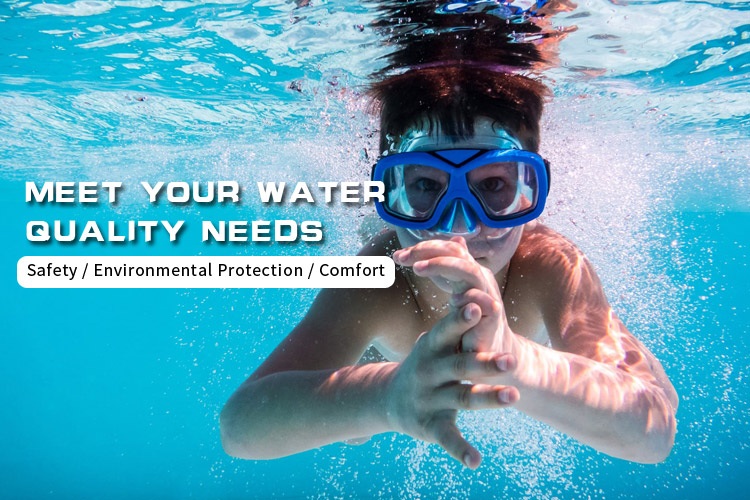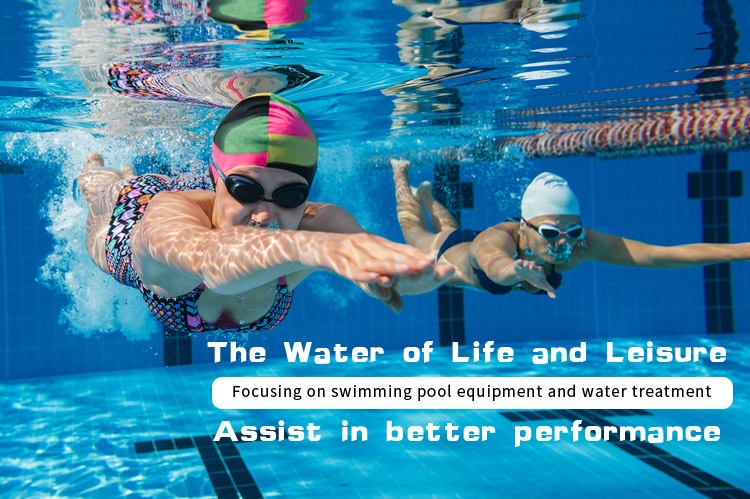With the improvement of people's living standards, there are more and more entertainment activities, such as playing ball, swimming, etc. In summer, many people go to swimming pools for swimming, but the pollution of water quality cannot be ignored, as it directly affects people's physical health. So what indicators should be tested to determine the quality of swimming pool water?
The main indicators tested in swimming pools include water temperature, turbidity, free residual chlorine, pH value, urea, total bacterial count, and Escherichia coli.
1. Water temperature: If the water temperature in the swimming pool is too low or too high, it can cause discomfort to the human body. It is necessary to maintain a stable water temperature, usually between 22 ℃ and 26 ℃.
2. pH value: It affects the comfort of swimmers and the clarity of water. According to relevant data, when the pH value is between 6.5 and 8.5, the human body feels relatively comfortable. If the pH value is too high or too low, it can cause irritation to the skin.
3. Residual chlorine: The standard content of residual chlorine is an indicator that reflects the residual disinfectant in the pool water after disinfection with chlorine containing disinfectants. If the residual chlorine concentration is too low, it will not have a disinfection effect. If it is too high, it will cause irritation to the skin, respiratory tract, and internal organs of swimmers. Generally speaking, high residual chlorine is relatively rare. (Real time monitoring of total residual chlorine in water can be carried out through the Maideshi total residual chlorine online analyzer.)
4. Total bacterial count and coliform group: Both belong to microbial indicators, which can reflect the hygiene status of water quality. If they exceed the standard, it indicates serious pollution. The spread of red eye disease, as people often say, is likely caused by substandard microbial indicators.
5. Urea: Excessive urea can easily cause damage to the skin and mucous membranes of swimmers. The urea in the swimming pool comes from the swimmer stealing urine in the water, and on the other hand, if the swimming venue manager does not change the water in a timely manner, the urea will remain in the swimming pool, leading to exceeding the standard. (Real time monitoring of Escherichia coli content in water can be carried out through the Maideshi Escherichia coli online analyzer.)
6. Turbidity: The turbidity index of the swimming pool water should not exceed 5 degrees, and the clearer the water, the lower the turbidity. The excessive turbidity is mainly caused by inadequate automatic water circulation, failure to replenish new water in a timely manner, and leakage of disinfectants, coagulants, etc. According to the regulations of the health supervision department, swimming pools must undergo daily self testing and disclose data on residual chlorine, pH value, and water temperature.






